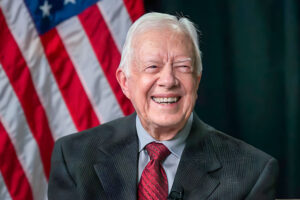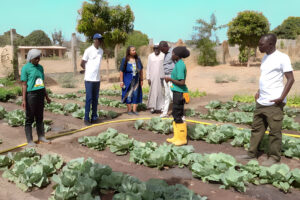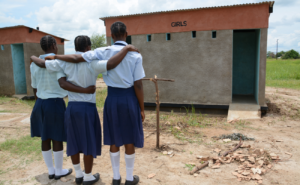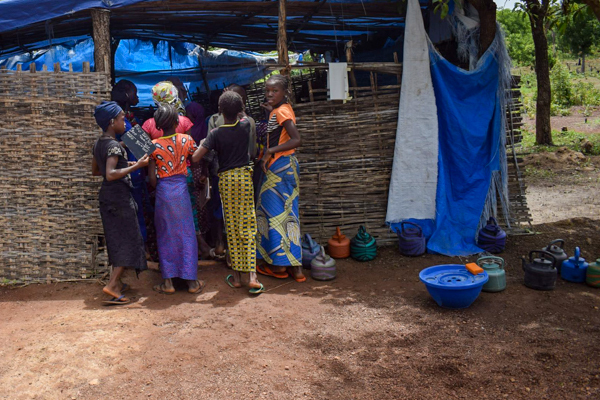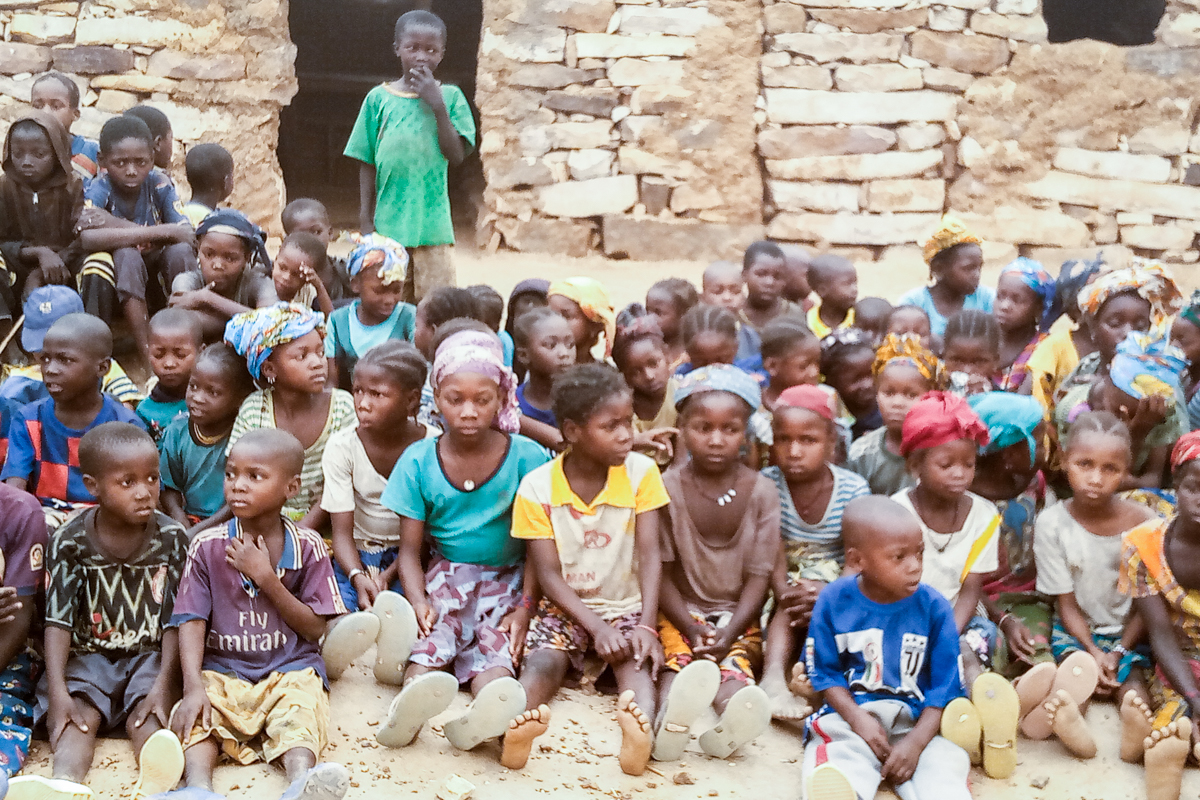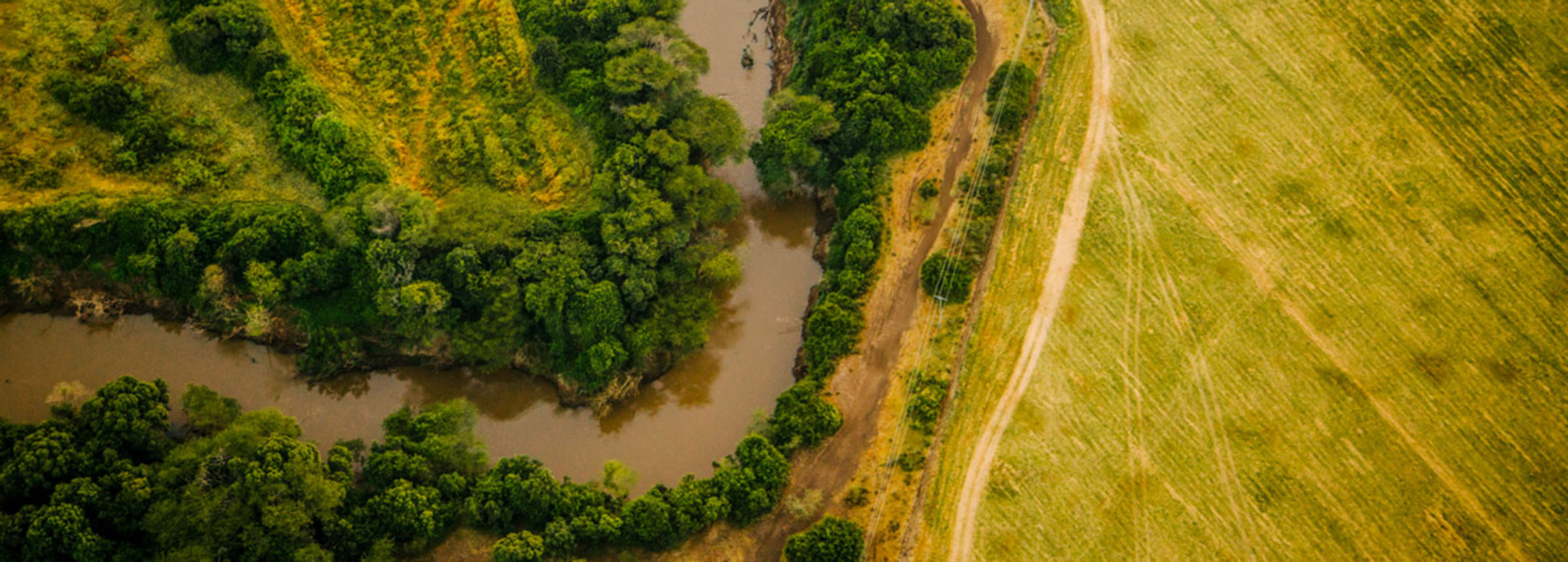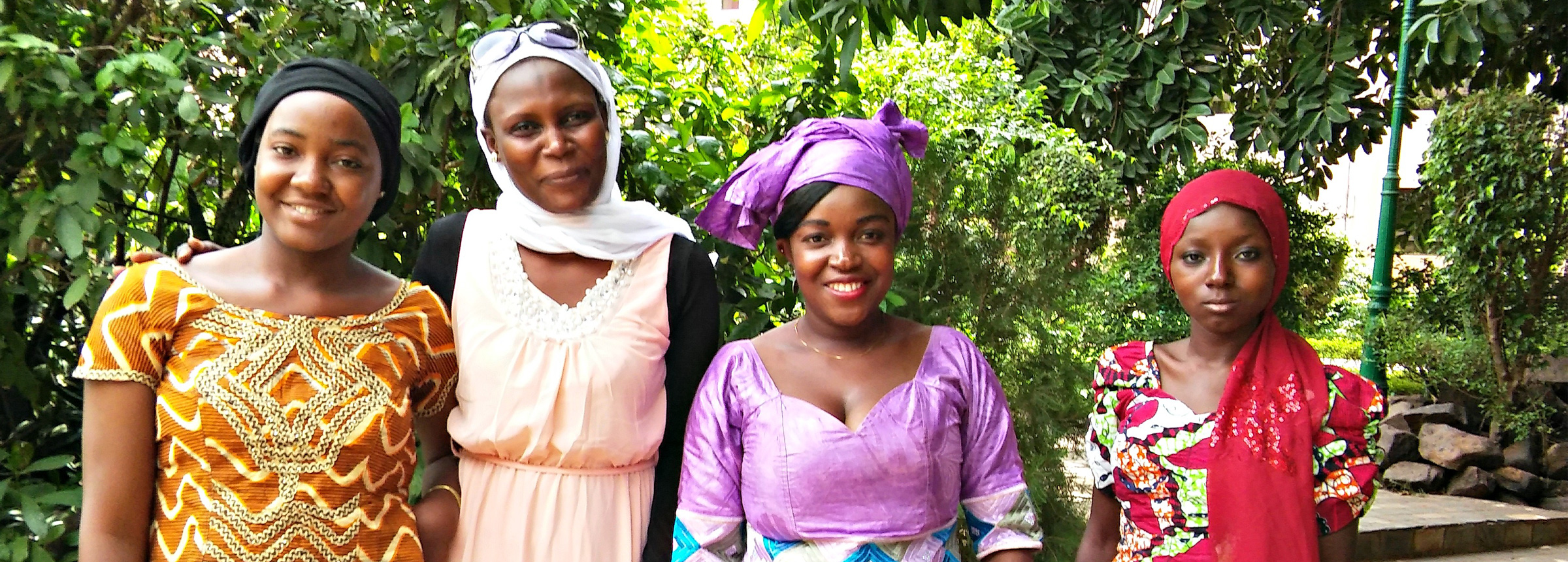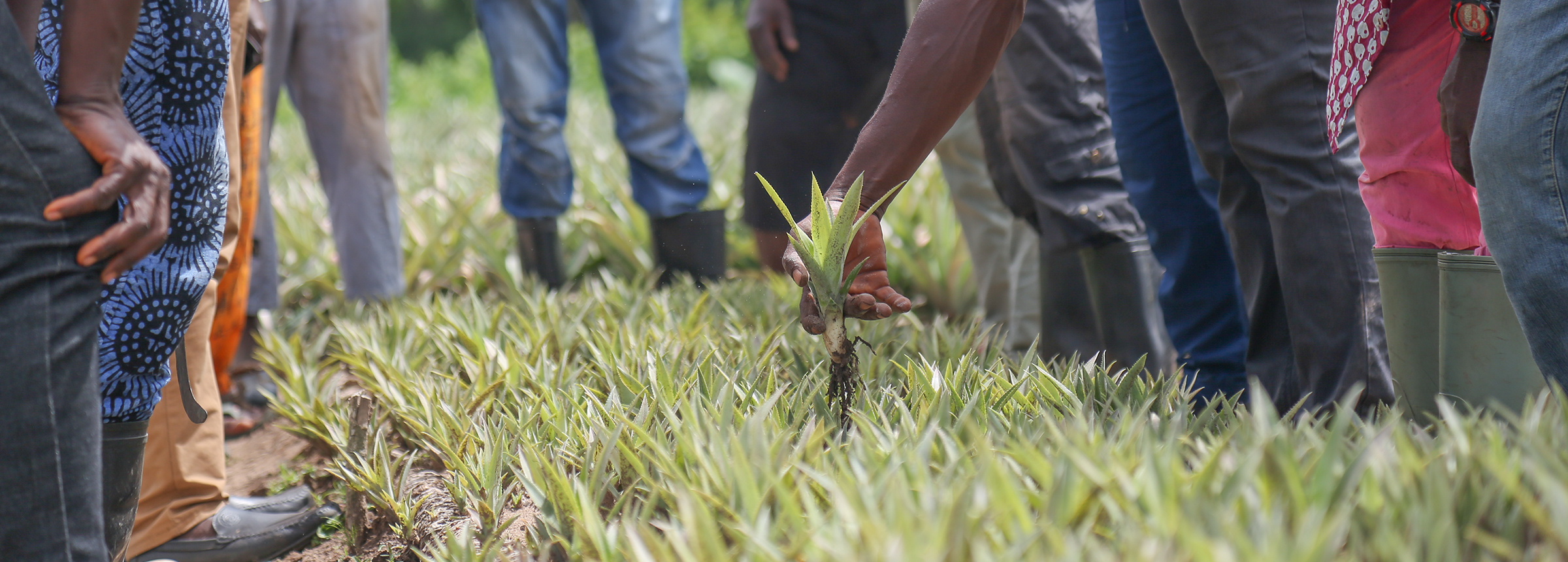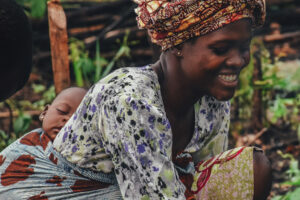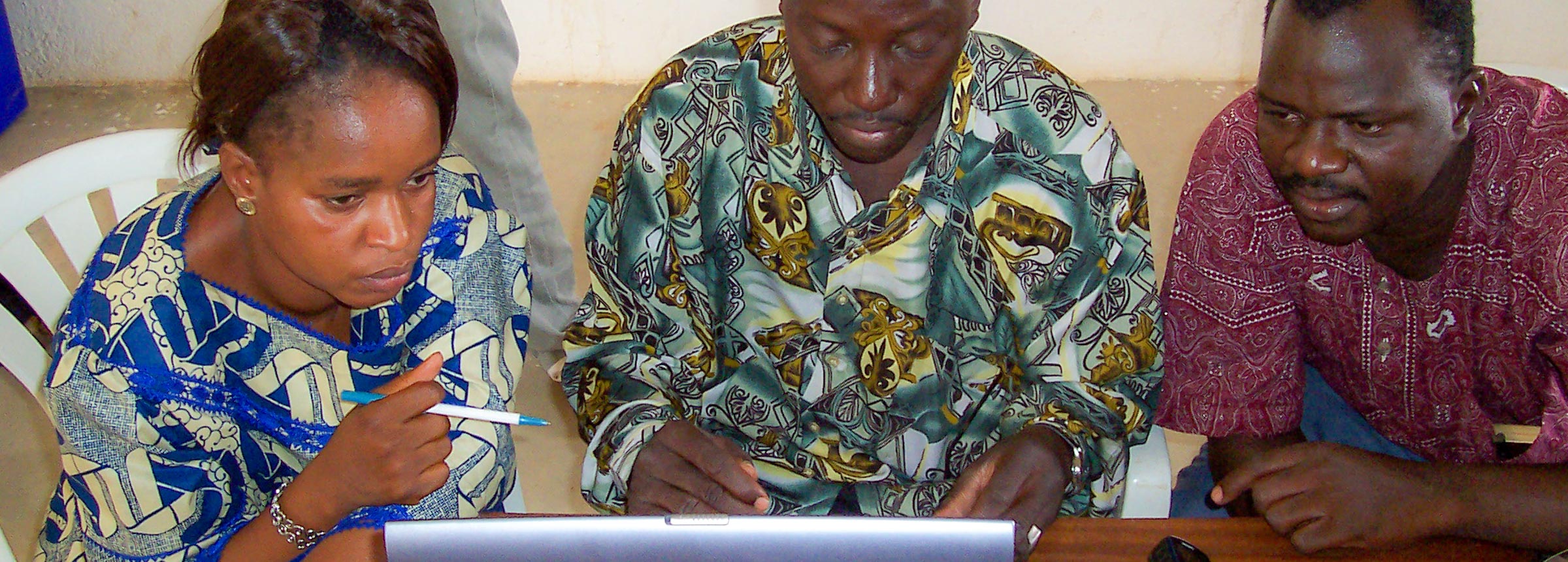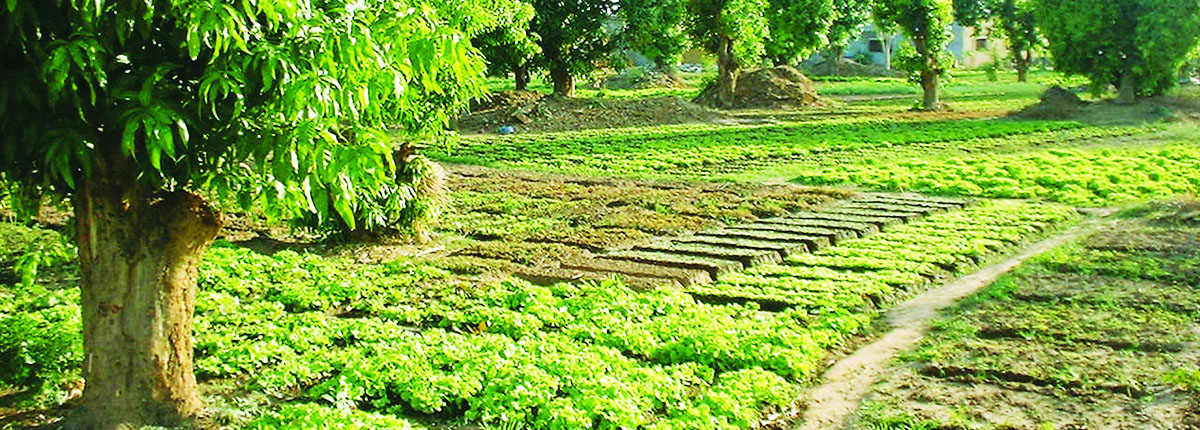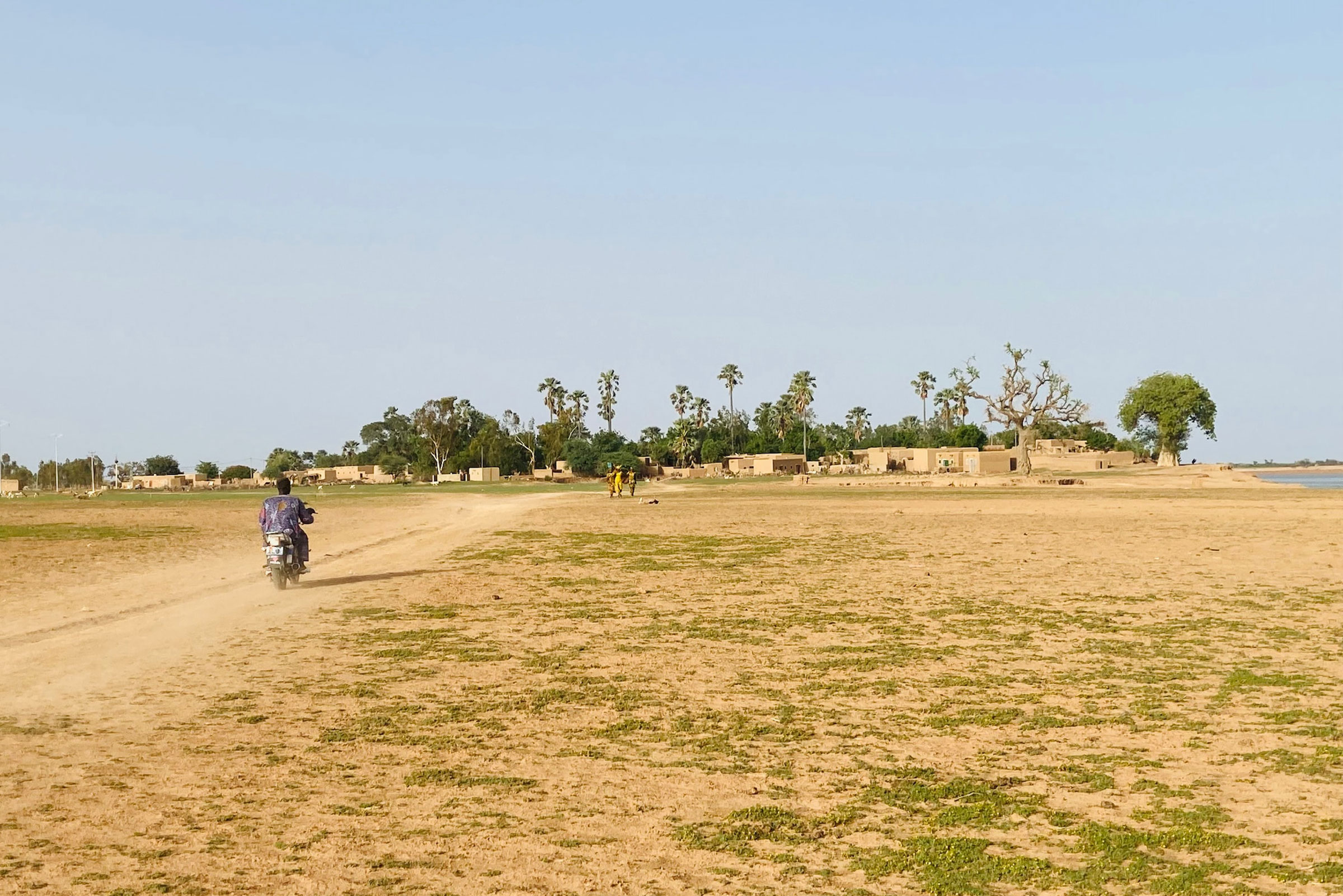
Mali
Mali is one of the world’s poorest countries. The African nation has been historically beset with fighting and violence; environmental issues, such as deforestation and desertification; scarce sources of potable water; and regional food shortages. Over roughly three decades, Winrock has implemented projects to prevent and reduce child labor, improve educational opportunities for youth, and increase water access. Current work in the West African has focused on introducing new mid-career graduate programs in extension education and degree training at African universities. Winrock also leverages volunteer assistance to increase productivity and profitability in the agricultural sector.

